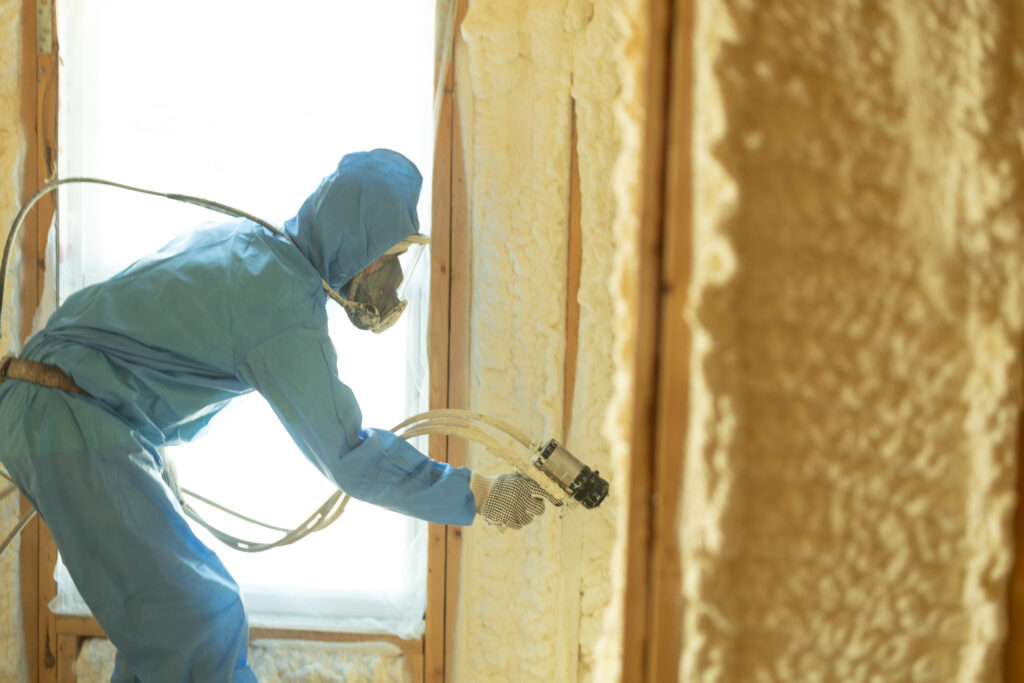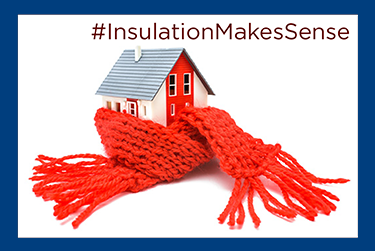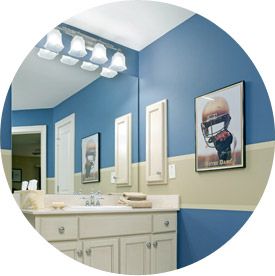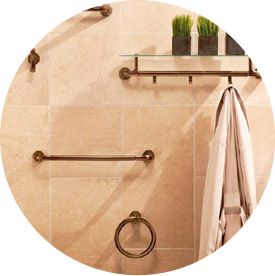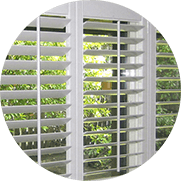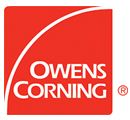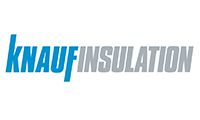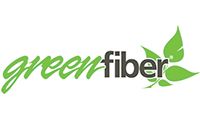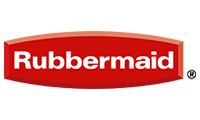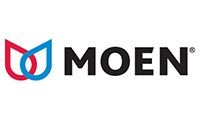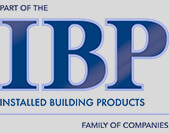- 2738 North Hayden Island Dr, Portland, OR 97217
- |Contact Us
Spray Foam Insulation Contractor in Portland, OR
Installed Building Products Portland offers expert services for spray foam insulation in Portland, OR.
We provide both high-pressure foam for new construction and low-pressure foam for retrofitting existing structures. Whether you’re looking to reduce your cooling bills or want to dampen outside noises, we can assist.
If you need spray foam insulation in Portland, contact IBP Portland today.
Why Choose Installed Building Products Portland?
When selecting an insulation contractor, you want to find a company with experience and a wide selection of products. It’s important to be comfortable with who you hire to give you peace of mind.
There are many great reasons to hire us for all your insulation needs.
- Top-Tier Brands: We offer superior products from industry leaders like Owens Corning.
- Free consultations: We’ll gladly come to your home and provide you with a free estimate.
What Is Spray Foam Insulation & How Does It Work?
Spray foam is a type of insulation that gets applied when it’s wet and will expand as it dries. It’s typically made of polyurethane and available in both open and closed-cell varieties.
We recommend high-pressure foam for new construction, as it’s easier to apply.
We also have low-pressure foam for retrofitting older homes with existing drywall or other wall materials. Spray foam is highly effective at insulating even the small crevices in your home due to its smooth application style.
It’s the perfect choice for superior insulation around pipes and wiring. It will help to preserve the interior temperature of your home, especially during Portland’s cold winter season.
Spray foam holds many advantages over other types of insulation.
- Creates air-tight seal
- Higher R-value per square inch
- Creates vapor barrier
- Prevents toxic mold and mildew growth
Why You Should Consider SprayFoam Insulation
Insulating with our spray foam materials is a great choice for any savvy homeowner. Our products provide superior performance and are easy to apply.
There are many great reasons you should consider our spray foam for your next insulation project.
- Reduce energy bills
- Minimize outside noise
- Better control indoor humidity
- Preserve air quality
- Extend longevity of HVAC system
Our Expert Spray Foam Services
We provide installation of various spray foams to ensure every customer gets the optimal product for their intended application. We can insulate attics, walls, garages and crawl spaces for your convenience.
New Closed-Cell SprayFoam Insulation From Demilec HFO
Much denser than open-cell insulation, our new closed-cell option from Demilec HFO provides an effective air and moisture barrier. Closed-cell is more compact and can be applied anywhere in your Portland home.
SprayFoam Insulation for New Construction & Re-Insulation Projects
Spray foam is a versatile option for exceptional insulation of all areas throughout your home. Whether it be your attic, walls or basement, spray foam is highly effective.
In fact, many of our customers choose spray foam for their new construction projects because it provides a great blend of affordability and energy efficiency.
Spray foam is also a superior choice for re-insulation projects, as it can form around existing layers to create an air-tight seal.
Schedule SprayFoam Insulation Services With IBP Portland Today
We’re glad to be a part of the Installed Building Products Family of Companies, which is the nation’s second-largest insulation provider. We have access to the best products at the best prices. We’re proud to have a 4.9 out of 5 stars rating on Google thanks to our loyal customers.
If you want foam insulation in Portland, simply phone Installed Building Products Portland now and learn more about how we can help you.
FAQs
What areas of your home should have insulation?
Ideally, you’ll want insulation in your attic, walls, basement, crawl space and garage. This will provide optimal home energy efficiency and comfort.
Should your old insulation be removed before installing new insulation?
In most cases, we can simply add insulation on top of your existing layer. However, if your old insulation is damaged due to water, pests or even mold, it’s best to remove it first.

